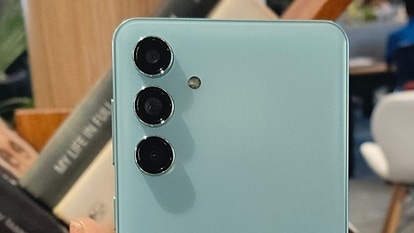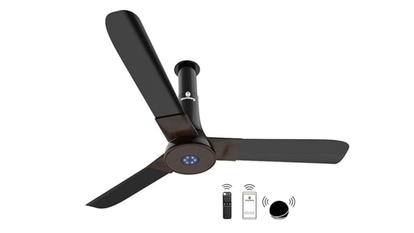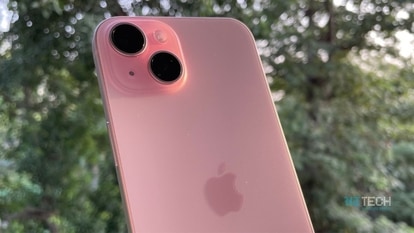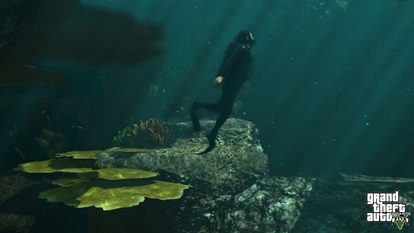Head lice has most evolved chromosomes
Almost all multi-celled animals, including humans, have one large mitochondrial chromosome, but head lice have 12 or more mini-chromosomes.
Scientists, like primary school kids everywhere, are scratching their heads over lice, but in sheer wonder.
'It will be of little comfort to parents but head lice have the most highly evolved mitochondrial chromosomes of all multi-celled animals,' said associate professor Stephen Barker, parasitologist, University of Queensland (UQ).
Almost all multi-celled animals, including humans, have one large mitochondrial chromosome, but head lice have 12 or more mini-chromosomes.
What's more, parts of these 12 mini-chromosomes join to one another for a while only to split again later. 'This is extraordinary,' Barker said.
These mini-chromosomes 'seem to sit at the summit of mitochondrial chromosome evolution,' his colleague, Renfu Shao said. 'So the mitochondrial chromosomes of head lice, in this sense, are extreme genomes.'
The lice that infect the nearest living relatives of humans, the chimpanzee, also have these extreme genomes. Barker said the researchers were now examining the implications of the work for knowledge of the biology of head lice, said an UQ release.
These discoveries will be published in a special issue of Genome Research to mark the 200th anniversary of the birth of Charles Darwin on February 12.
Catch all the Latest Tech News, Mobile News, Laptop News, Gaming news, Wearables News , How To News, also keep up with us on Whatsapp channel,Twitter, Facebook, Google News, and Instagram. For our latest videos, subscribe to our YouTube channel.


























